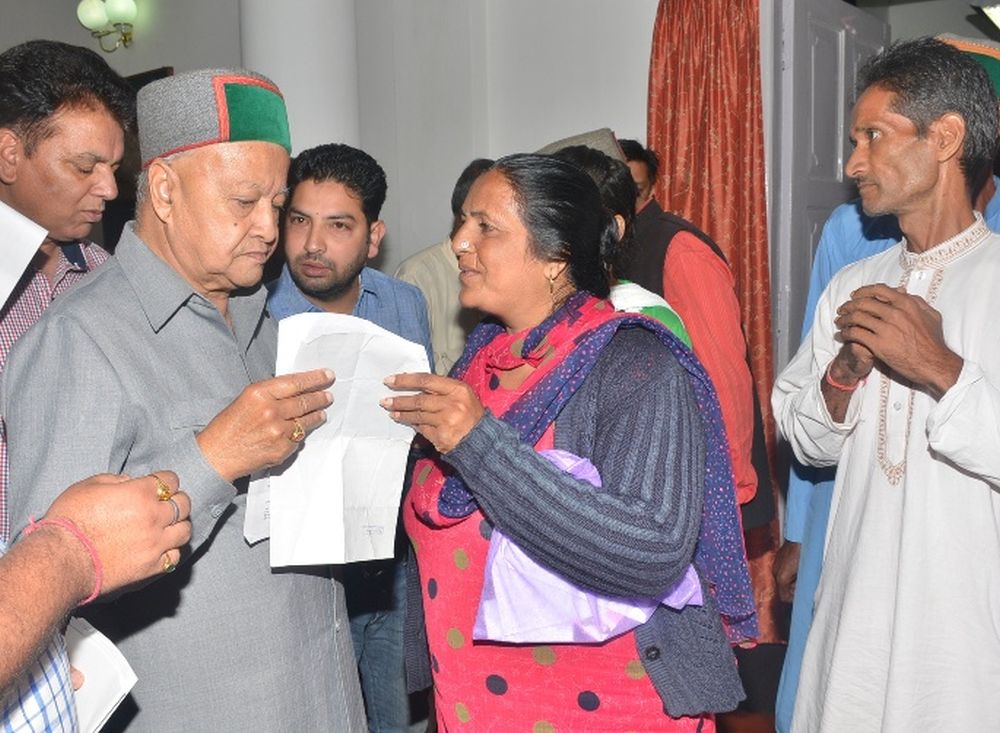Himachal Pradesh Lifts 2012 Ceiling on Arrear Payments, Treasury Under Pressure from Court-Mandated Arrear Payments
Shimla — In a significant development for government employees in Himachal Pradesh, the state government has removed the ceiling on the payment of salary-related and other arrears, enabling lump sum payments. This decision follows a series of court orders mandating such payments, prompting the state to revise its earlier phased payment guidelines.
In January 2012, the Finance Department imposed a ceiling on arrear payments to manage the state’s budget more effectively. Under these guidelines, arrears below ₹50,000 were to be paid in lump sum, while amounts between ₹50,000 and ₹1,00,000 were to be paid in three installments. For arrears exceeding ₹1,00,000, payments were to be made in five installments. These measures were intended to prevent a substantial immediate burden on the state treasury.
However, numerous cases challenging these limitations were filed in court, and the High Court consistently ruled in favor of lump sum payments. Continuous judicial pressure and subsequent court orders necessitated a policy shift by the government.
Responding to the court directives, the state government has now decided to allow lump sum payments for all arrear cases with specific court orders. Principal Secretary (Finance), Devesh Kumar, has issued directives to all departments, organizations, and public sector undertakings (PSUs) to strictly adhere to the new guidelines.
The Finance Department acknowledges that while lump sum payments will place a significant burden on the state’s finances, compliance with court orders is imperative. The provision applies exclusively to cases with explicit court mandates.
This policy shift provides major relief for state government employees awaiting arrear payments, ensuring they receive their rightful dues without further delays. The decision to lift the ceiling demonstrates the judiciary’s influence in safeguarding employees’ rights. However, it also raises concerns about the potential strain on the state’s fiscal health.






